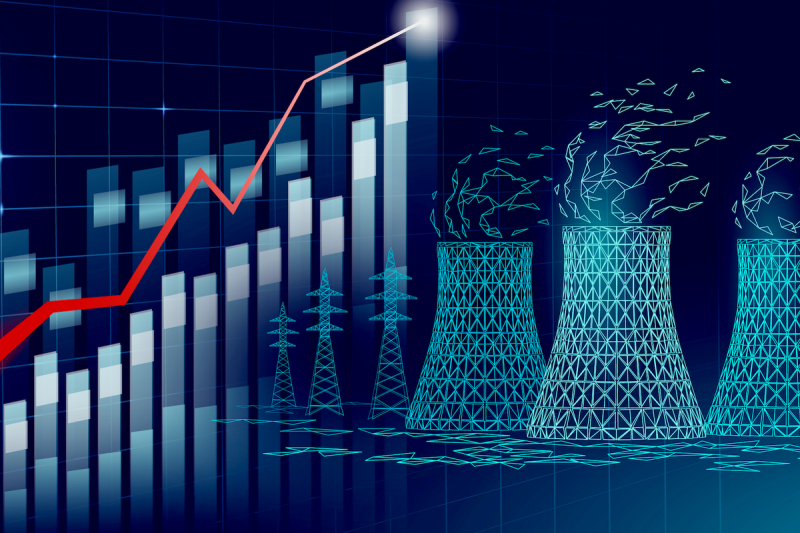The United States has initiated a bold plan to drastically increase its nuclear power capacity by 2050. With the aim of tripling its current nuclear power capacity, this strategic move is expected to play a significant role in reshaping the country’s energy sector and addressing the challenges posed by climate change. As the nation works towards transitioning to more sustainable energy sources, the ambitious goal of expanding nuclear power capacity is poised to bring about far-reaching impacts on various fronts.
One of the primary reasons driving this profound shift towards nuclear power expansion is the urgent need to reduce greenhouse gas emissions. Nuclear energy is renowned for its low carbon footprint, making it a vital component in the fight against climate change. By significantly increasing its nuclear power capacity, the U.S. stands to make substantial strides in curbing its carbon emissions and meeting its climate targets. This transition towards cleaner energy sources is imperative for a sustainable future and reinforces the country’s commitment to environmental stewardship.
Furthermore, the expansion of nuclear power capacity is poised to enhance energy security and reliability in the United States. Nuclear energy is known for its high reliability and base-load capabilities, providing a constant and stable source of electricity. By tripling its nuclear power capacity, the nation can reduce its dependence on fossil fuels and bolster its energy resilience in the face of potential disruptions. This diversification of the energy mix will contribute to a more secure and robust energy infrastructure, ensuring a steady supply of electricity to meet the nation’s growing needs.
In addition to the environmental and energy security benefits, the expansion of nuclear power capacity also holds great economic potential for the United States. The construction and operation of new nuclear power plants will spur job creation, drive investments in the energy sector, and stimulate economic growth. Moreover, the development of advanced nuclear technologies and innovative solutions will not only enhance the country’s competitiveness in the global energy market but also foster technological innovation and expertise.
Despite the promising prospects of expanding nuclear power capacity, there are several challenges and considerations that must be addressed. Safety remains a paramount concern in the nuclear industry, and stringent regulatory measures and robust safety protocols must be upheld to prevent accidents and ensure public trust. Additionally, the management of nuclear waste and decommissioning of old reactors present significant logistical and environmental challenges that need to be effectively managed.
In conclusion, the U.S. plans to triple its nuclear power capacity by 2050 represent a pivotal step towards a more sustainable, secure, and resilient energy future. This ambitious undertaking underscores the country’s commitment to reducing carbon emissions, enhancing energy security, and driving economic growth. By harnessing the potential of nuclear energy, the United States is poised to lead the way in the transition towards a cleaner and more sustainable energy landscape, setting a powerful example for other nations to follow.
